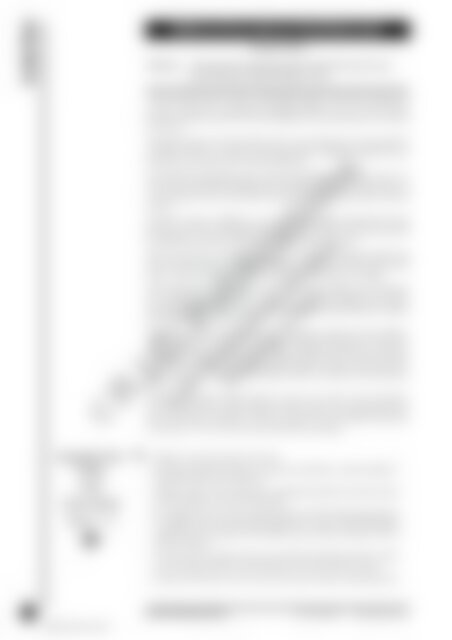RIC-0667 Aboriginal Cult 5-6
Create successful ePaper yourself
Turn your PDF publications into a flip-book with our unique Google optimized e-Paper software.
In the Past<br />
Indicator:<br />
Before European Settlement<br />
Teachers Notes<br />
Understands that <strong>Aboriginal</strong> people inhabited Australia many<br />
thousands of years before European arrival.<br />
This section discusses the history of <strong>Aboriginal</strong> people in Australia. It endeavours<br />
to show students how traditional <strong>Aboriginal</strong> people lived in Australia before<br />
European settlement, and how their knowledge of their environments was essential<br />
for survival.<br />
<strong>Aboriginal</strong> people of Australia believe their ancestral beings were responsible for<br />
creating the world as it is known today. Records show <strong>Aboriginal</strong> people have been<br />
living across the continent for about 40 000 years.<br />
The traditional <strong>Aboriginal</strong> people used their knowledge of the land to survive. It<br />
was this close, firsthand knowledge which enabled them to obtain needed resources<br />
such as bush food, water, and wood and stone, which were used to make tools and<br />
utensils.<br />
Australia is made up of different environments and traditional <strong>Aboriginal</strong> people<br />
lived in most of these. <strong>Aboriginal</strong> people living in the Western Desert area ate and<br />
lived differently from those <strong>Aboriginal</strong> people living on the coast.<br />
Food in coastal areas was abundant. The diet of traditional <strong>Aboriginal</strong> people living<br />
there consisted of fish and shellfish, dugongs, turtles, fruits, berries and various<br />
tubers, nuts and vegetables. There was also plenty of fresh water available.<br />
Those <strong>Aboriginal</strong> people living in or near the desert had a different diet. <strong>Aboriginal</strong><br />
men caught large animals such as kangaroos, emus and wallabies. The women<br />
usually gathered roots, nuts, berries, other edible plants and small lizards. Children<br />
also caught small lizards and insects.<br />
<strong>Aboriginal</strong> people were nomads who moved constantly according to food availability.<br />
They were always careful not to overindulge. The following seasons were always in<br />
their minds, and they practised basic farming techniques. One of the most common<br />
was burning. Traditional <strong>Aboriginal</strong> people used this technique to burn the native<br />
grasses to promote regrowth. It also helped to flush out animals, which made them<br />
easier to catch.<br />
Traditional <strong>Aboriginal</strong> people had basic needs such as food, water and shelter.<br />
Caves and rocks were used for temporary shelter, while some people built bower<br />
sheds, also known as humpies. These were made from tree branches formed into<br />
an inverted ‘v’. The ‘roof’ was covered with leaves and twigs.<br />
©R.I.C. Publications<br />
Low Resolution Images<br />
Display Copy<br />
Australia’s First<br />
People<br />
Food<br />
Letter Puzzle<br />
(pages 3 – 5)<br />
• Display a map of Australia to the class.<br />
• Encourage individual students to share their ideas about, and knowledge of,<br />
Australia with the rest of the class.<br />
• Provide students with information regarding <strong>Aboriginal</strong> Australians being<br />
the first people to live on this continent.<br />
• It is important for the class to understand that traditional <strong>Aboriginal</strong> people<br />
were different from the <strong>Aboriginal</strong> people they see today. Today’s <strong>Aboriginal</strong><br />
people do not rely solely on the land for their survival, and their way of<br />
living is different.<br />
• You may wish to display pictures of traditional <strong>Aboriginal</strong> people, which<br />
may be obtained from your school library or the local resource centre.<br />
• Students will need to have the instructions on the worksheets explained clearly.<br />
2 Australian <strong>Aboriginal</strong> <strong>Cult</strong>ure R.I.C. Publications www.ricgroup.com.au<br />
ISBN 978-1-86311-807-1


















